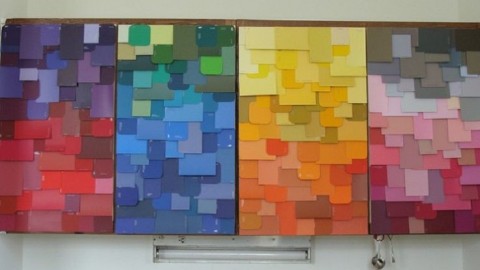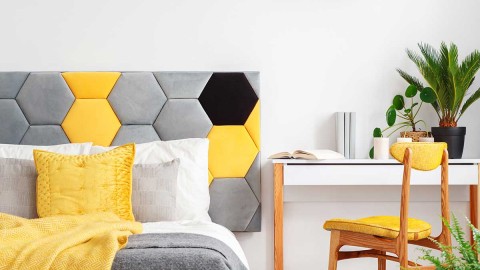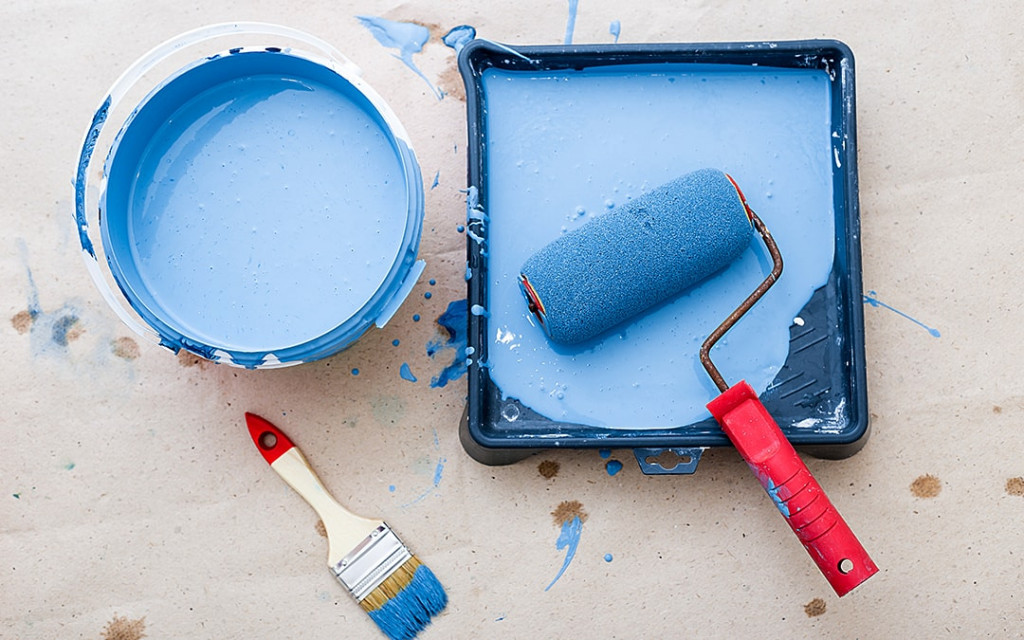
January 6, 2020 – Mahesh Anand, President – Nippon Paint (India) Private Limited (Decorative Division) & President – Indian Paint Association (IPA)
Did you know that the World Health Organization (WHO) reported a 20%-40% increased risk in cancers for those exposed to toxic wall paints? This seems a staggering figure no doubt, but it is no surprise considering that humans spend more than half their lifetime indoors exposed to wall paints.
While a fresh coat of paint can connote a new beginning and transform a space entirely, it is not free of a few downsides. It is therefore very crucial to reconsider our painting process, and understand what goes into the making of these shiny liquids before choosing one for your walls. Negligence in your paint choice may pose a serious health concern to you and the people in your family.
What is the ideal paint type?
There are two types of paints – water-based emulsions, and solvent-based paints. Both emit varying amounts of volatile organic compounds (VOCs) upon application. VOC’s are harmful gases that are released from certain materials. Solvent-based paints usually emit more VOC’s and breathing in high levels can cause harmful health effects like nausea, dizziness, eye irritation, asthma, sinus, skin problems. On a more long term, they can even cause lung damage and affect the unborn children of pregnant women. Water-based paints on the other hand, have lower health risks and emit lesser harmful vapors.
Many years ago, oil-based paints were the choice of painters, but new VOC regulations and improvements in water-based paints have led to their ban in several places leading people to opt for water-based paints instead which are more environmental compliant.
So as a general rule, use water-based paints for your home interiors. For exteriors that are more prone to temperature changes and frequent dust, use high durable water based paint.
Precautions to take while painting a room
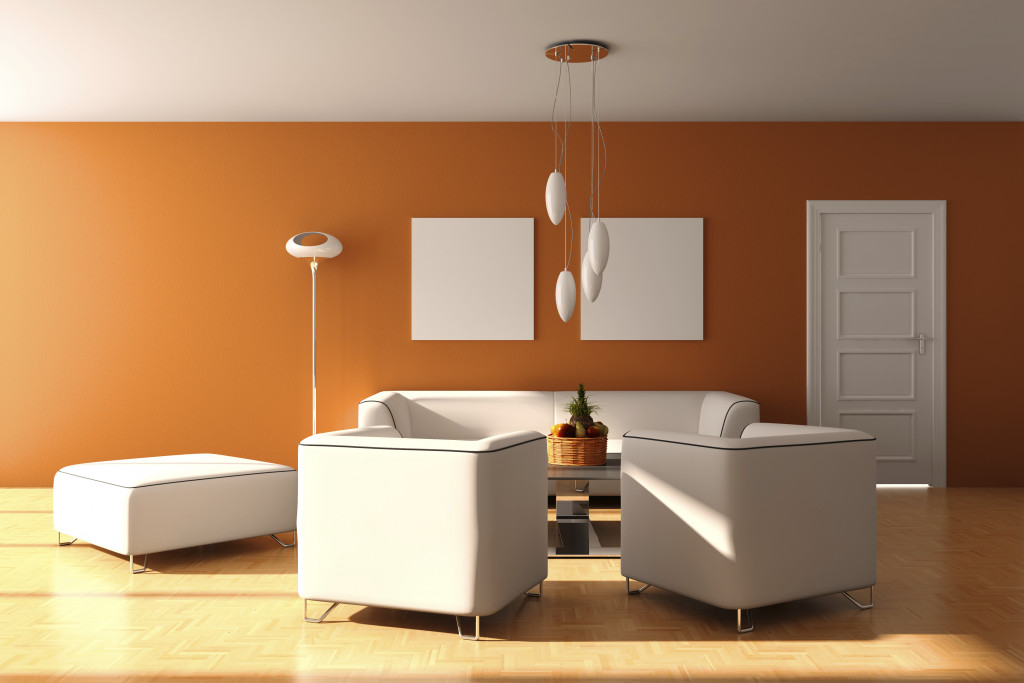
Once you have decided the type pf paint to use, it is vital to take the right precautions during and after the painting process to control VOC emissions. Follow these pointers to guarantee yourself a fun painting journey without worrying about the negative health effects.
Ventilation is key
Undertake any painting expedition during summer to ensure the paint dries easily. While painting and post that, increase the ventilation in your house, by opening windows and running exhaust fans. In case your paint has high VOC concentration, this will help negate the effects of any harmful vapors that are emitted.
Don’t forget the furniture
Avoid placing any furniture, decor and clothing back into a painted room until the paint has completely dried as your furniture and upholstery can absorb VOCs from the paint fumes and retain them for many weeks. If you do intend on leaving fabric-covered furnishings in an area while painting, check if they are covered with protective plastic sheeting.
Store your paint right
Take adequate precaution to handle the paint in the safest way possible, and not store it beyond its usage requirements. Buy only as much paint as you require and keep any leftover paint away from the house. This is because paint cans continue to leak VOCs after they have been opened.
Child safety is priority
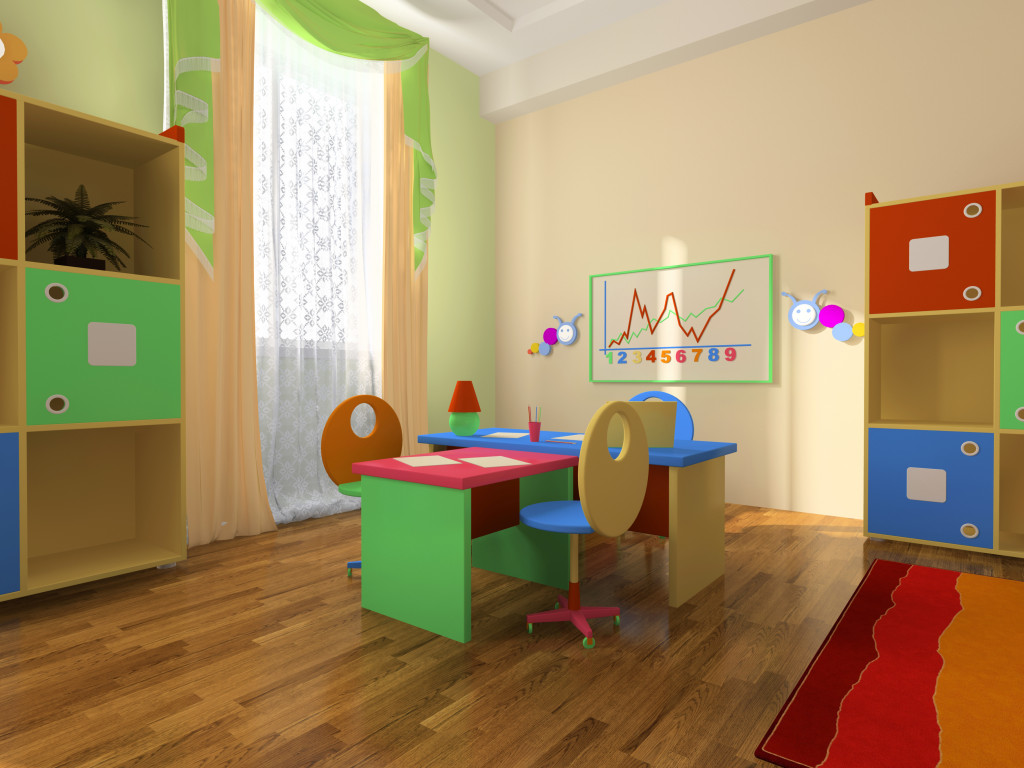
Since children spend such a significant amount of time indoors, especially during the infant and toddler phases, child safety should be of primary concern when painting their space. Begin with an understanding of their special needs and behavioral patterns. Newborns particularly have about three times the respiratory rate of adults, which makes it vital to ensure clean breathable air.
In addition, children have always been notorious for using the walls to ‘express’ their thoughts by drawing, or rather, scribbling all over them! House paint should thus not just be safe for children, but also practical.
What paint means to today’s consumers
Paint technology has greatly evolved over the years to solve many niche demands. Current technological advancements in paints have rendered walls safe for human touch. Some paints are infused with silver-ion technology and active carbon technology that fight microbes and purify air, while others are easily washable making it easy to remove stains and scribblings.
So whether you are preparing a nursery to welcome your newborn or trying to bring alive an old space, protecting your home and your family from indoor air pollution is the most important aspect of a painting job. Safe paints is clearly the right choice for you the next time you think of painting your living spaces.
Article source published on BW Wellbeingworld


